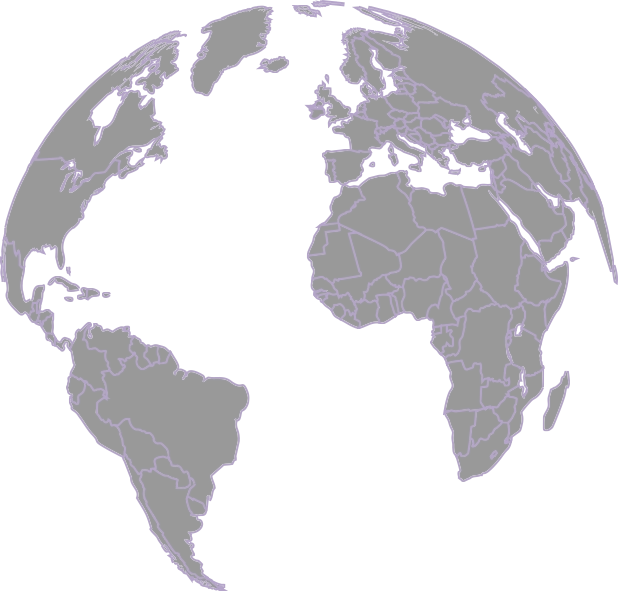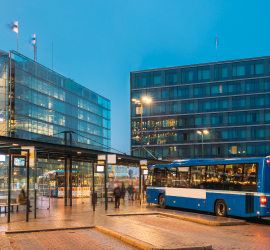
The need for a smart approach
The challenges of modern living are growing as communities’ demands on infrastructure increase the strain on everything from transport and communications networks to power grids. To rise to those challenges, cities as a whole, as well as local communities, have to get smart.
Using Big Data to get smart
“Getting smart” means becoming more efficient, more liveable, more sustainable and more digital. It involves applying technology to the issues that affect communities, gathering the Big Data required to gain insight into the problem, integrating it with software and analyzing it with Artificial Intelligence to come up with solutions that ensure the right decisions are taken in response to the challenges. That is important, because increasing rates of urbanization, the rise of new technologies, as well as of new uses for existing ones, growing electrification and digitalization are creating new challenges for both city administrators and power grids every day.

Enel X DER: a portfolio of assets

Distributed energy resources, or DER, are one answer to the issue of getting smart. Here’s how it works: An aggregator such as Enel X bundles together an assortment of smaller-scale resources – batteries in the basement of an office building, solar panels on its roof, another array of panels in the yard of a warehouse – to create a portfolio of assets.
That portfolio’s output can then be bid into the wholesale market in a way that’s similar to a traditional power station running on natural gas.
Residential storage and the grid: the Italian case
In Italy, for example, residential energy storage systems in three northern provinces will be able to offer so-called balancing services to the grid as part of a project we are running together with a company owned by the operator of the national grid.
Previously, only large production plants or industrial loads were permitted to do this. Now, residential storage systems managed by Enel X as an aggregator, will be allowed to supply the grid.


The potential of this experiment is enormous: there are thousands of residential batteries in Italy that will help ensure the stability of the power system. This is a milestone for the country on its path towards an increasingly sustainable energy model.
Enel X's Head of Innovation and Product Lab


More specifically, the aggregator enables generation and storage plants distributed throughout the country to participate in the network services market which until recently was only reserved for large production plants or industrial loads. Residential users will also be able to turn their batteries into active resources.
Enel X's Head of Innovation and Product Lab
Revenue-based programs
Another example comes from the trendy Tribeca neighborhood of Manhattan, where the Enel X Storage System is in partnership with Glenwood Management, one of the Big Apple’s largest builders and owners of luxury rental apartments.
Using storage and storage-plus-solar solutions at a selection of its buildings including its Barclay Tower skyscraper, it takes part in revenue-based grid programs in a system controlled by our DER Optimization Software, or DER.OS, which aggregates and optimizes performance and financial returns.
An energy aggregation pioneer
Enel X was a pioneer in the aggregation of energy assets, expanding over time into distributed resources including storage, generation, solar energy, wind and electric vehicles. This type of aggregation is not only an advantage for consumers, who get to monetize some of their energy assets, it is also a major step forward for grid reliability and sustainability.
It offers grid operators the sort of flexibility they need for smart responses to rising demand without the capital spending needed for new power stations. Furthermore, the energy generated from distributed resources is much less fossil fuel-based than traditional plants, meaning it is far more sustainable. In short, it’s smart.







